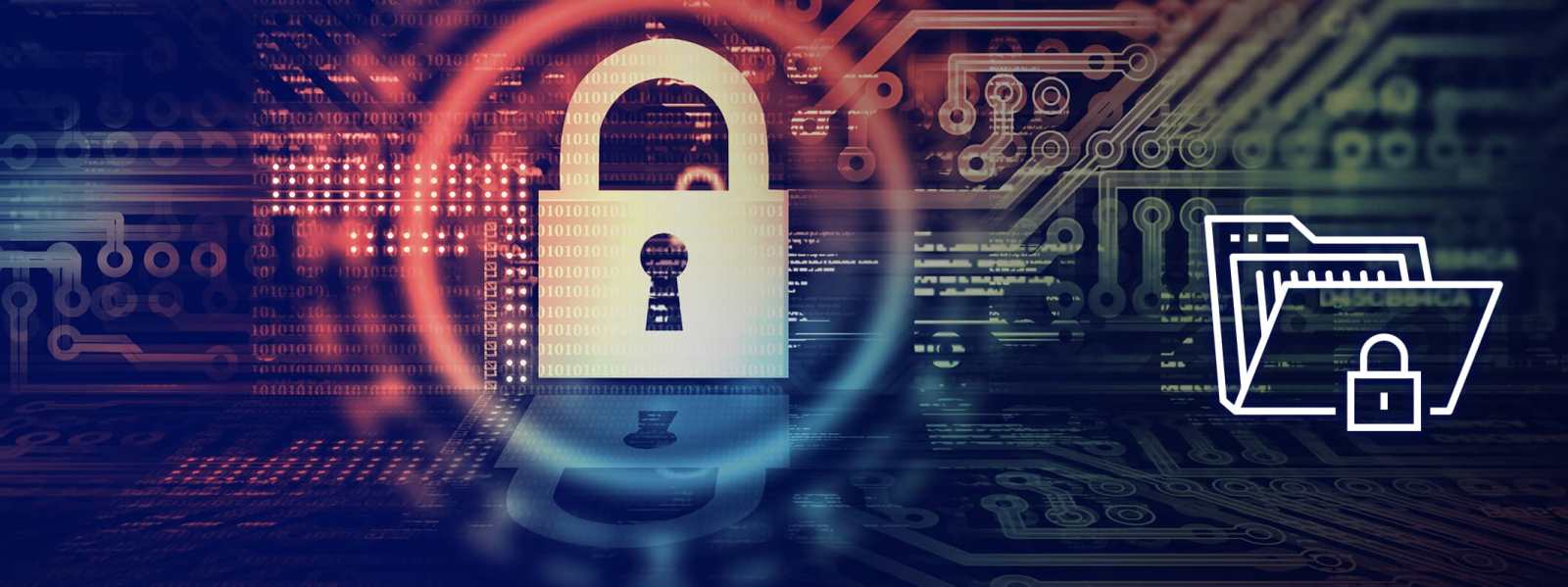Ransomware is a type of malware that allows cybercriminals to lock a computer from a remote location. A demand for payment is then made in return for unlocking the computer.
In some cases, a pornographic image is used, or there is an accusation of illegal activity, in an attempt to discourage people from seeking help
Top tips for avoiding ransomware
Do not reply to, or click on links contained in, emails from companies or individuals you do not recognise.
Do not open attachments unless you’re sure the email is genuine and from a trusted source.
Do not click on links contained in suspicious messages from social networking sites.
Backup your data regularly.
Make sure you have up-to-date anti-virus software on your computer before you go online.
Always install software and app updates as soon as prompted.
Only visit reputable websites.
Be wary of USB devices (e.g. memory sticks, external hard drives, MP3 players) because these can be used to infect your device with malware.
